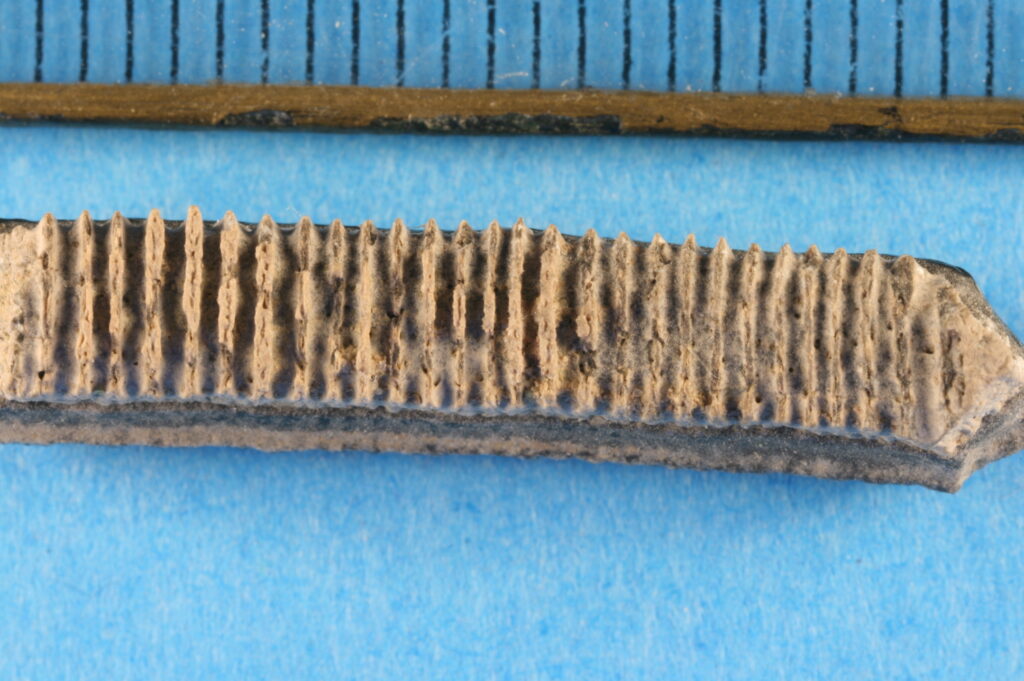Between 16 and 13 million years, a shallow and warm-water sea occupied the site of the early Carpathian Basin. It was named after the excavation on the outskirts of the settlement called Baden Soos, near Vienna, from where the remains of marine animals living at that time, mainly mollusc shells, were first described.
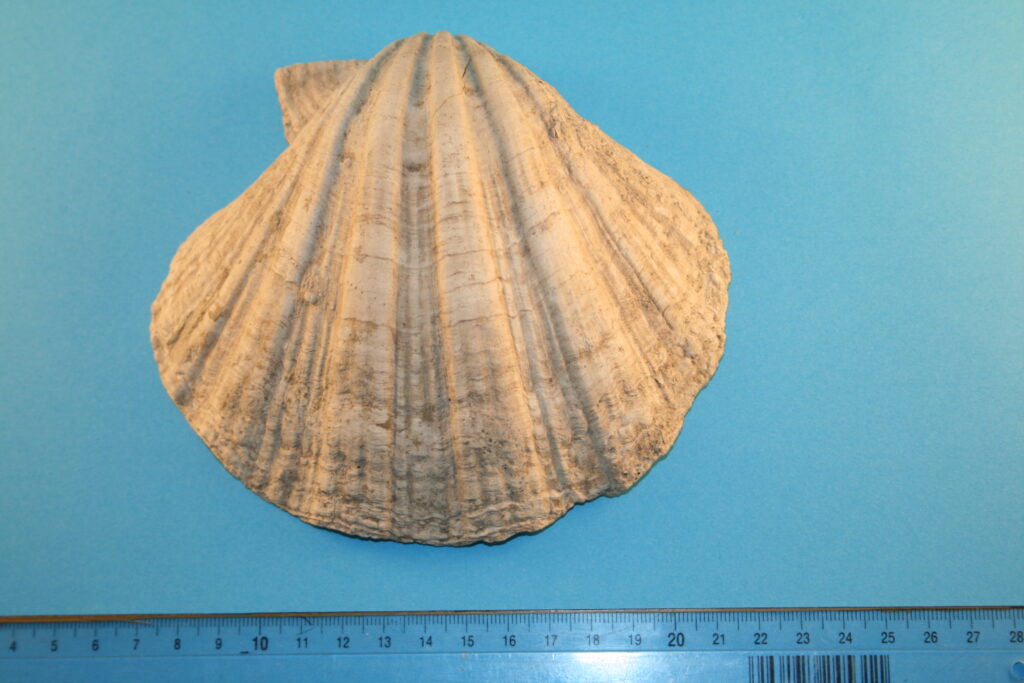
The typical sediment of the sea is the Lajta Limestone. This name leads to the border regions of Austria and Hungary, where there are characteristic occurrences of this rock. Perhaps the best known of them is the Fertőrákos quarry, which is also a place of cultural events. A typical occurrence of it, is near Budapest, the Rákos railway cutting, and it can be found in the Cserhát Mountains, too. The most impressive excavation here is the already abandoned limestone quarry in Mátraszőlős or the hermit caves in Szentkút.
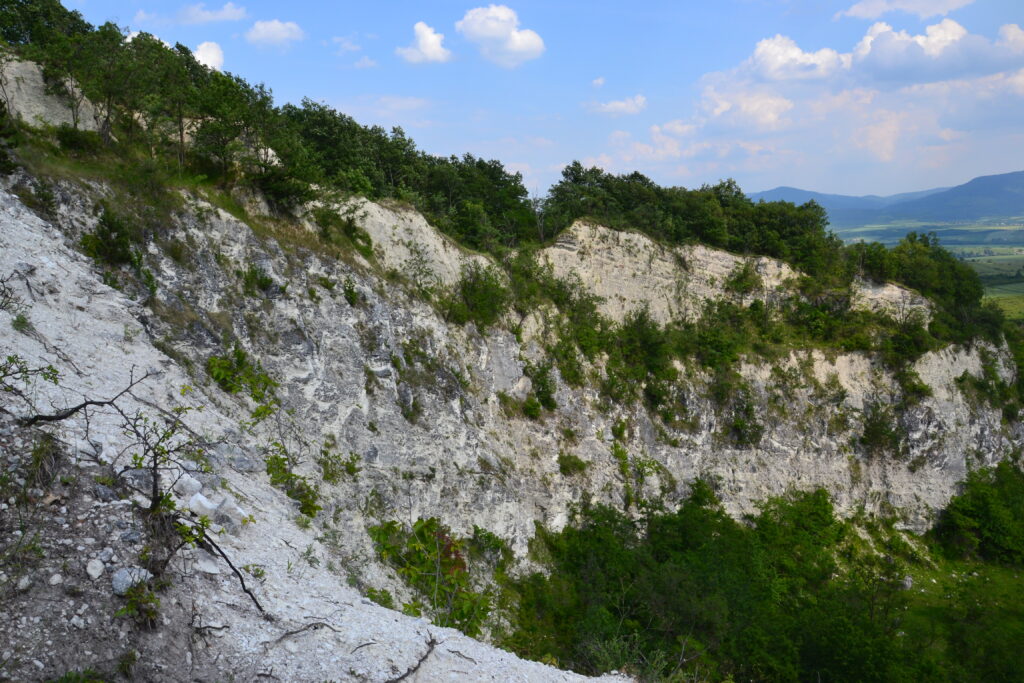
The Miocene age Lajta Limestone is fundamentally different from the Mesozoic limestones (200-60 million years old) of the Bakony, Vértes, Gerecse, or the Bükk Mountains. It’s much younger, so it’s not recrystallized, and it has preserved the rich fossil material in a better condition.
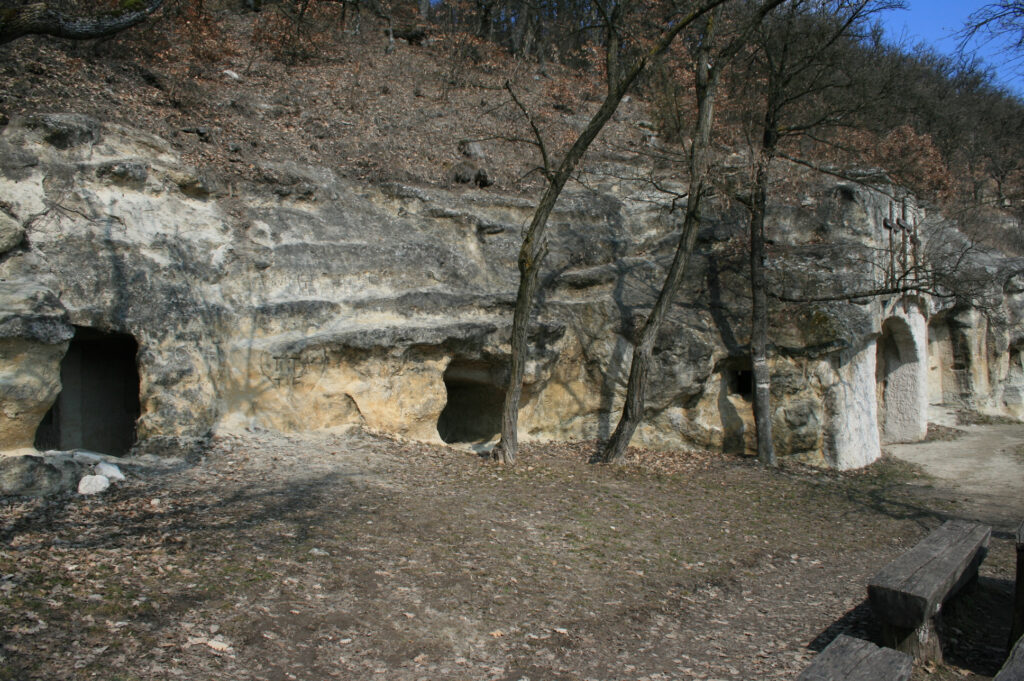
These fossils are the memories of a diverse marine biocenosis. They include reef-building corals, algas, moss animals, sea urchins, starfishes and of course mass of shells and snails. 210 mussel species were described from the Cserhát sites alone. In addition, microscopic-sized unicellulars lived in large numbers, the tiny skeletons of which could be extracted from the rock by chemical treatment and washing through fine sieves. There was no shortage of marine vertebrates either: sharks, rays, dolphins, seals, and sea cows were indispensable inhabitants of the Badenian Sea. Some lucky findings prove that occasionally large whales also visited this area.
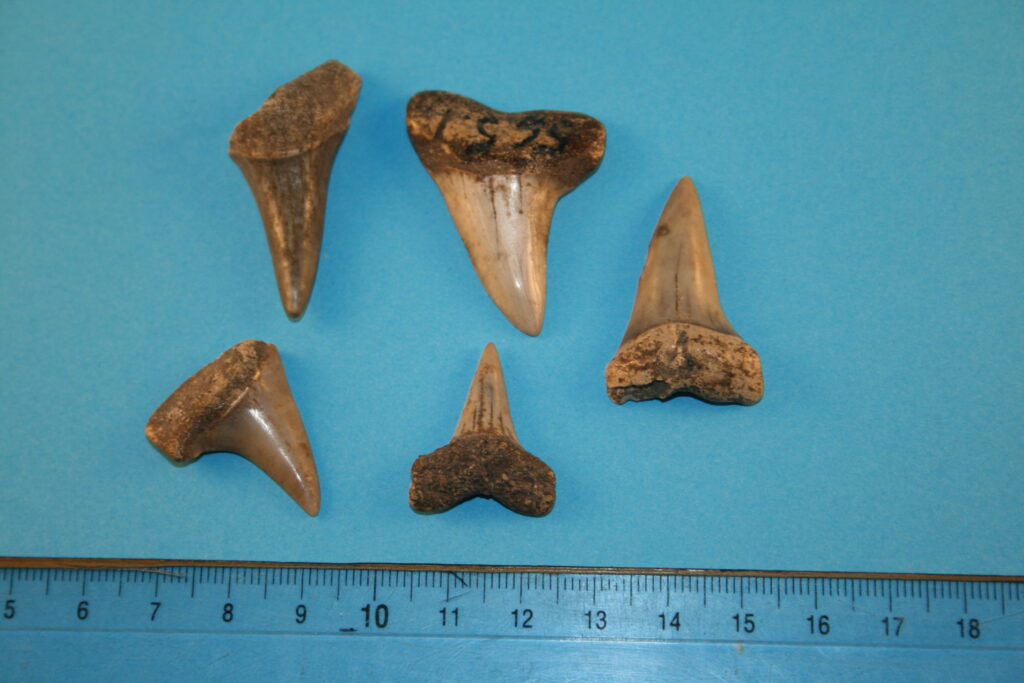
The wildlife of the Badenian Sea was not even like today’s Mediterranean, but rather like today’s Red Sea. The temperature of the water scarcely dropped below 16 ℃. On this basis, we conclude that the living descendants of the coral colonies and the subtropical related sea urchins and molluscs live in such conditions today.
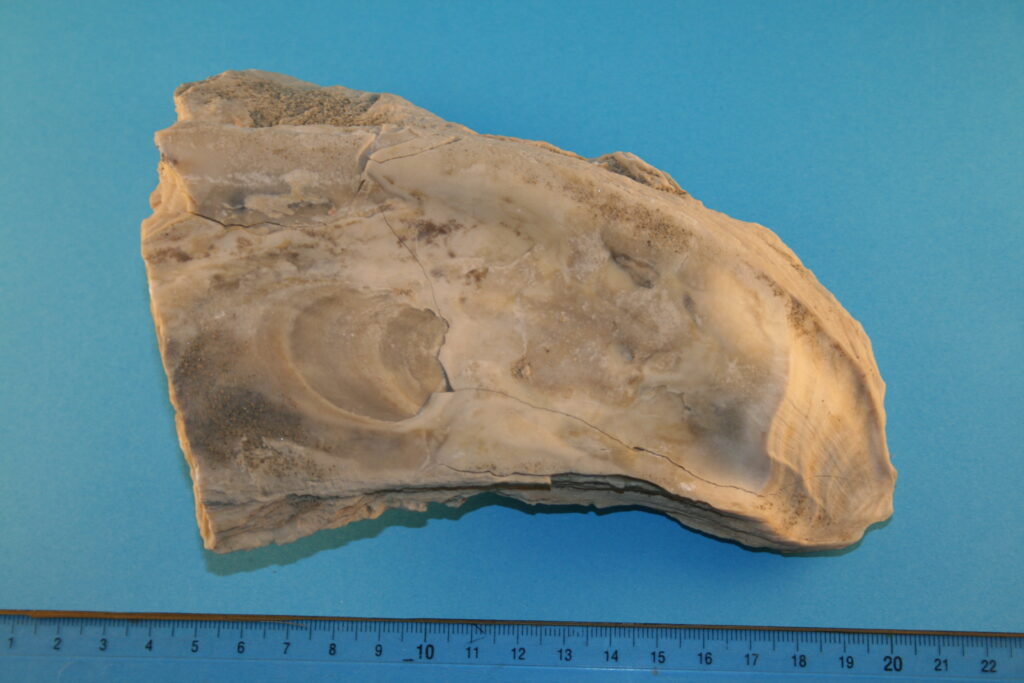
From the analysis of the remains of amphibians and reptiles, our German colleagues concluded that there was a period of middle Miocene climate optimum in Central Europe between 17 and 14 million years, when a true subtropical climate prevailed in our area.
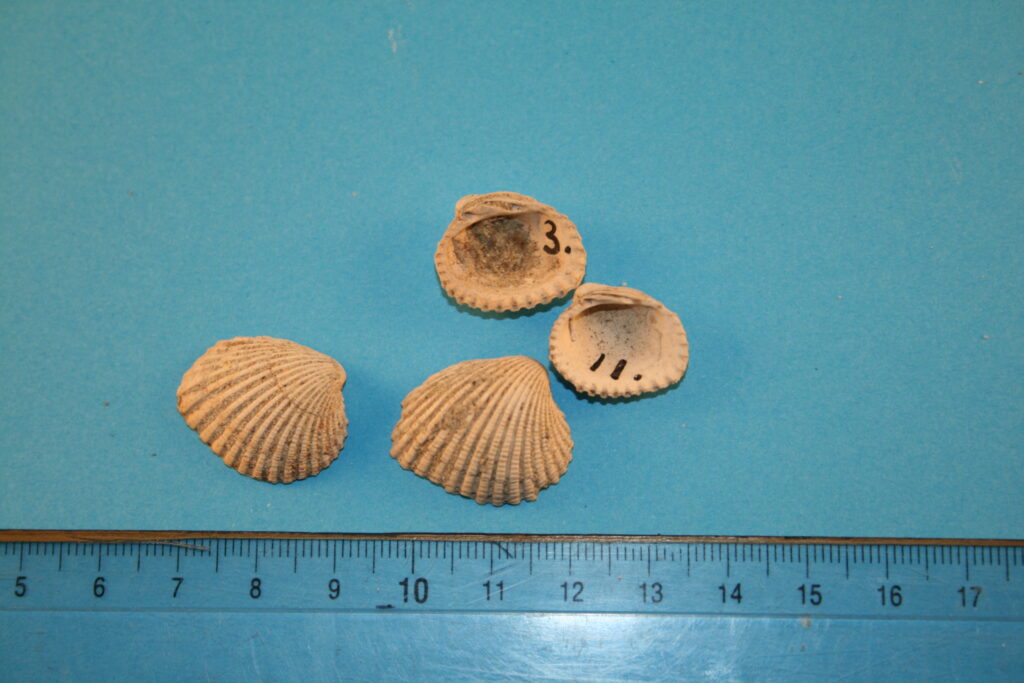
The volcanoes in the Badenian Sea, that have produced the volcanic rocks of the Börzsöny, the Visegrád, the Cserhát and the Mátra Mountains, functioned largely as islands.
The giant eruptions have only affected the marine life locally, causing significant destruction. The biocenosis of the Badenian Sea was seriously endangered by a slow geodynamic process, namely the gradual rise and movement of today’s Dinaric Mountains and the Julian Alps to its current location. In the process, the connection with the Mediterranean became narrower and narrower, finally it has narrowed into a strait like the Bosphorus and the Dardanelles today. This strait was closed for the first time 14 million years ago, more precisely at that time the level of the world’s seas have lowered for some time, so that the maritime connection was cut off. The water of the isolated Badenian Sea evaporated strongly in the dry, warm climate, and the salinity of the seawater condensed. The salt deposits of Transylvania and Transcarpathia were formed at that time. This „salinity crisis” could have lasted a few hundred thousand years. After that, the sea level rose again and the sea connection was restored for almost a million years.
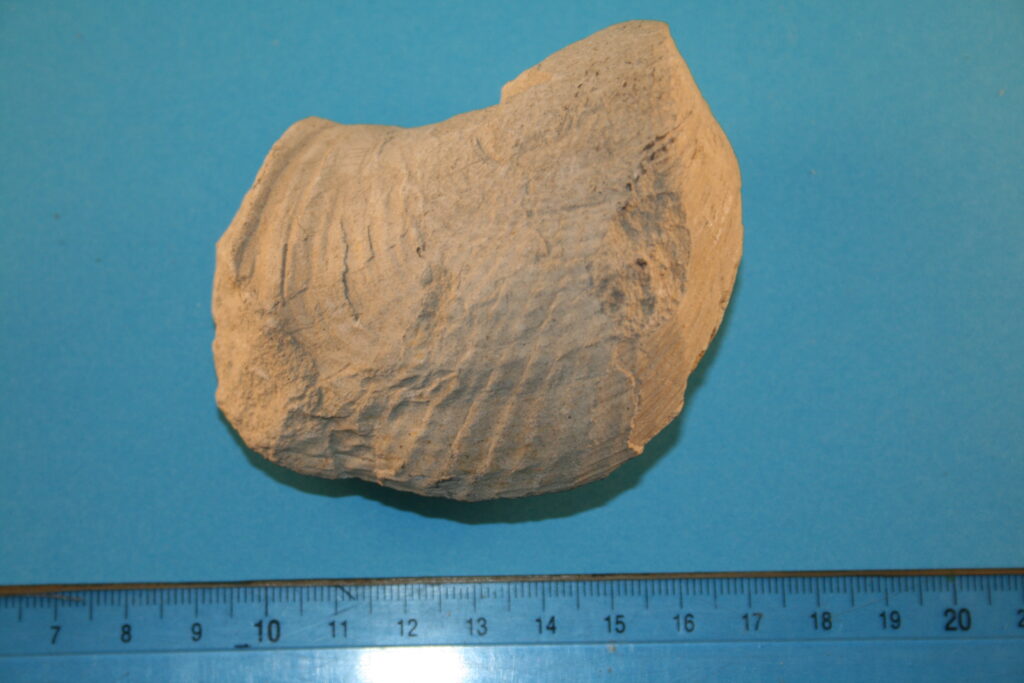
Our Slovenian colleagues proved that the strait was closed permanently only between 13 and 12.8 million years ago. This event has resulted in a catastrophic extinction in the wildlife of the Badenian Sea. Sea urchins and starfish, which are sensitive to the salinity of the water, have disappeared but more than 500 species of molluscs have also fallen victim to this event.
Eventually, the entire biocenosis died out. The large marine mammals could no longer visit our territory either. However, some minor dolphin species were exceptionally able to adapt to the changed composition of seawater. Their remains are still present in the sediments of the early Sarmatian after the Badenian period.
